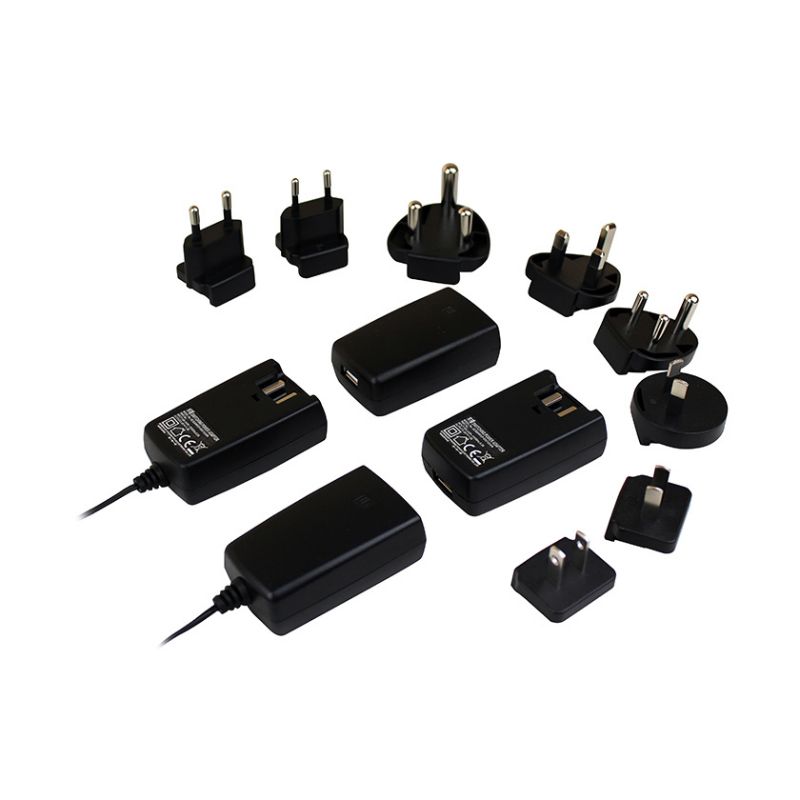The key functions of an AC/DC power supply revolve around converting, regulating, and stabilizing electrical power to make it compatible with electronic devices. Here’s a detailed breakdown:
1. Voltage Conversion
· AC/DC power supplies convert high-voltage AC from power outlets (typically 120V or 240V) to a lower, stable DC voltage that matches the requirements of the device being powered.
· This voltage step-down (or step-up, if necessary) is critical for safely powering electronics that operate on much lower voltages.
2. Current Rectification
· AC power alternates direction (oscillates), while DC power flows in a single direction. The AC/DC power supply uses a rectifier to convert this oscillating AC input into a one-way, pulsating DC output.
· This rectification process is typically achieved using diodes or bridge rectifiers.
3. Filtering
· After rectification, the power is still a pulsating DC, with unwanted ripples. The power supply’s filter smooths out these fluctuations, resulting in a cleaner and more consistent DC output.
· Common filtering methods include capacitors and inductors, which help eliminate unwanted AC components.
4. Voltage Regulation
· Voltage regulation is crucial for maintaining a consistent output voltage regardless of fluctuations in input power or changes in the load.
· This stability is particularly important for sensitive electronics that require a precise voltage level to operate correctly and avoid damage.
5. Protection Functions
· Advanced AC/DC power supplies often incorporate protection mechanisms to safeguard both the power supply and connected devices from issues like overvoltage, overcurrent, and short circuits.
· These protections prevent damage to the power supply and the connected device in the case of power surges or other electrical faults.
6. Power Factor Correction (PFC)
· In many modern AC/DC power supplies, power factor correction is used to improve the efficiency of power usage. PFC minimizes wasted energy by aligning the input current with the voltage waveform, thus reducing energy loss and meeting regulatory standards.
7. Heat Management
· Conversion processes generate heat, especially in high-power applications. Effective heat management—typically through heat sinks or cooling fans—ensures reliable performance and prolongs the lifespan of the power supply.
These functions allow AC/DC power supplies to provide a stable, safe, and efficient DC power source suitable for various electronic applications across consumer, industrial, and medical fields.







